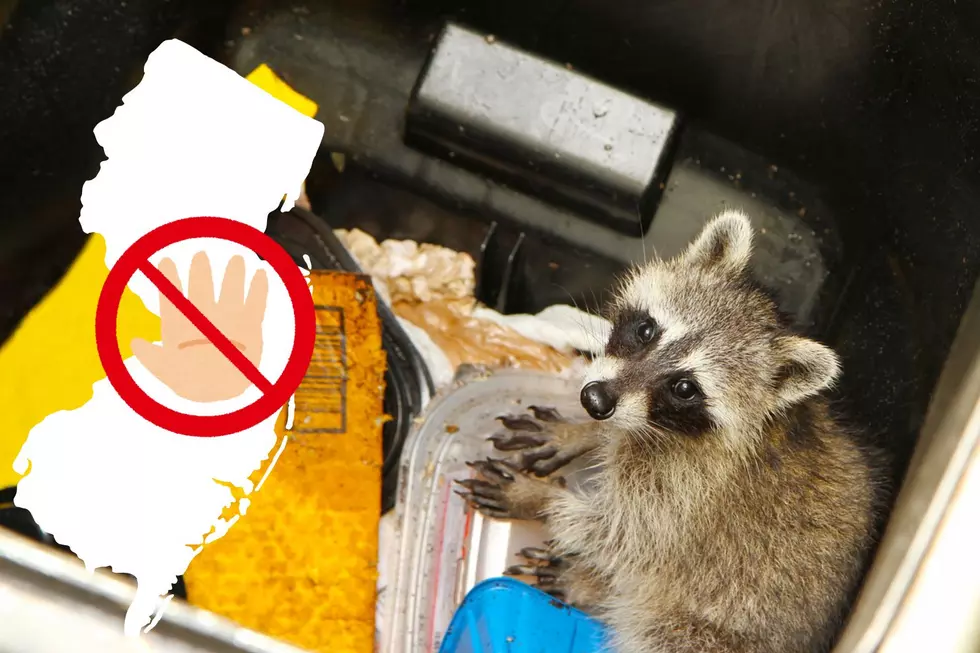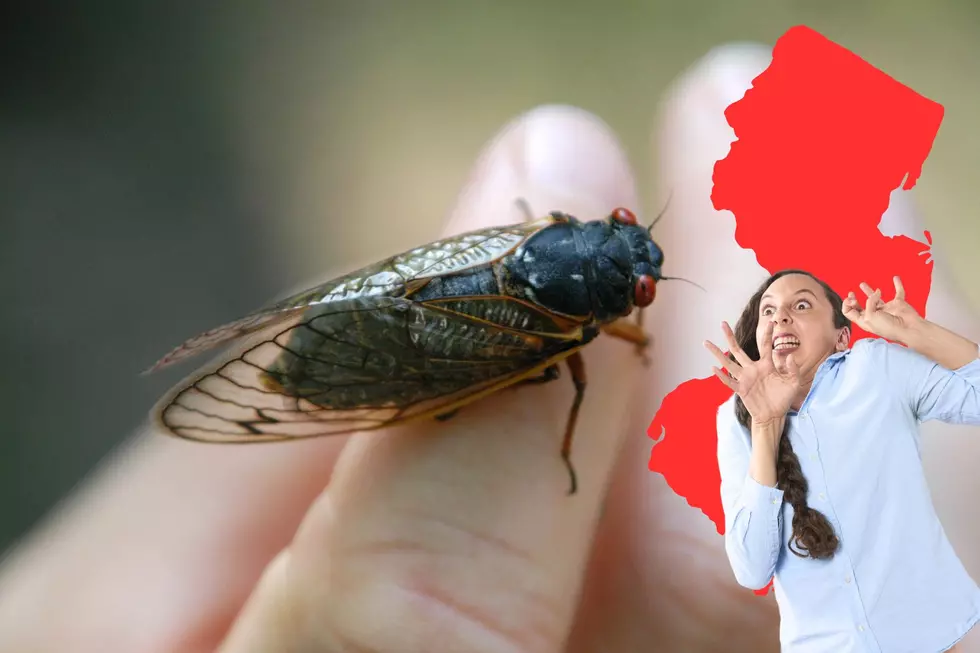
Dangerous Portuguese Jellyfish Washes up on Jersey Shore
A Portuguese man o' war washed up on the Harvey Cedars beach Sunday.
When speaking to APP, Paul Bologna, a jellyfish expert and director of Marine Biology and Coastal Sciences Program at Montclair State University, "In some cases, they can be life-threatening."
A Portuguese man o' war is a floating colony of polyps, each responsible for either floating, collecting food, eating or reproducing, according to the National Oceanic and Atmospheric Administration. The creature has a pink or purple gas-filled float and numerous, long tentacles. The float grows up to 6 inches and the tentacles grow from 10 to 30 feet long.
The jellyfish move by floating on the surface, with the float blown by the wind. Some of them are "right-handed," drifting at a 45 degree angle to the wind. Others are "left-handed," drifting 45 degrees to the left of the wind, according to NOAA. That allows the animals to be dispersed more widely.
The man o' war follows wash-ups of roughly a half-dozen dangerous box jellyfish in northern Ocean County and a box jelly in the Manasquan River last fall. Experts think the box jellies — extremely rare in New Jersey — may have ridden the Gulf Stream north and a storm or winds may have steered them toward the Jersey Shore. The box jellies could be back this summer, according to experts.
Last year, Bologna did not receive any reports of Portuguese man o' war in New Jersey. They're likely not that unusual here but the Harvey Cedars wash-up "might be a little bit early in the season," he said.
Bologna was unaware of anyone being stung by one in New Jersey. He knows "quite a few people" who have been zapped in the tropics and "most of them report unbelievably painful stings," he said. The stings often lead to scarring, he added.
"People ... need to be aware of their surroundings because these are going to be on the surface," he said. "You should be able to see that (purplish jellyfish) float if you're in the water."
More From SoJO 104.9 FM









